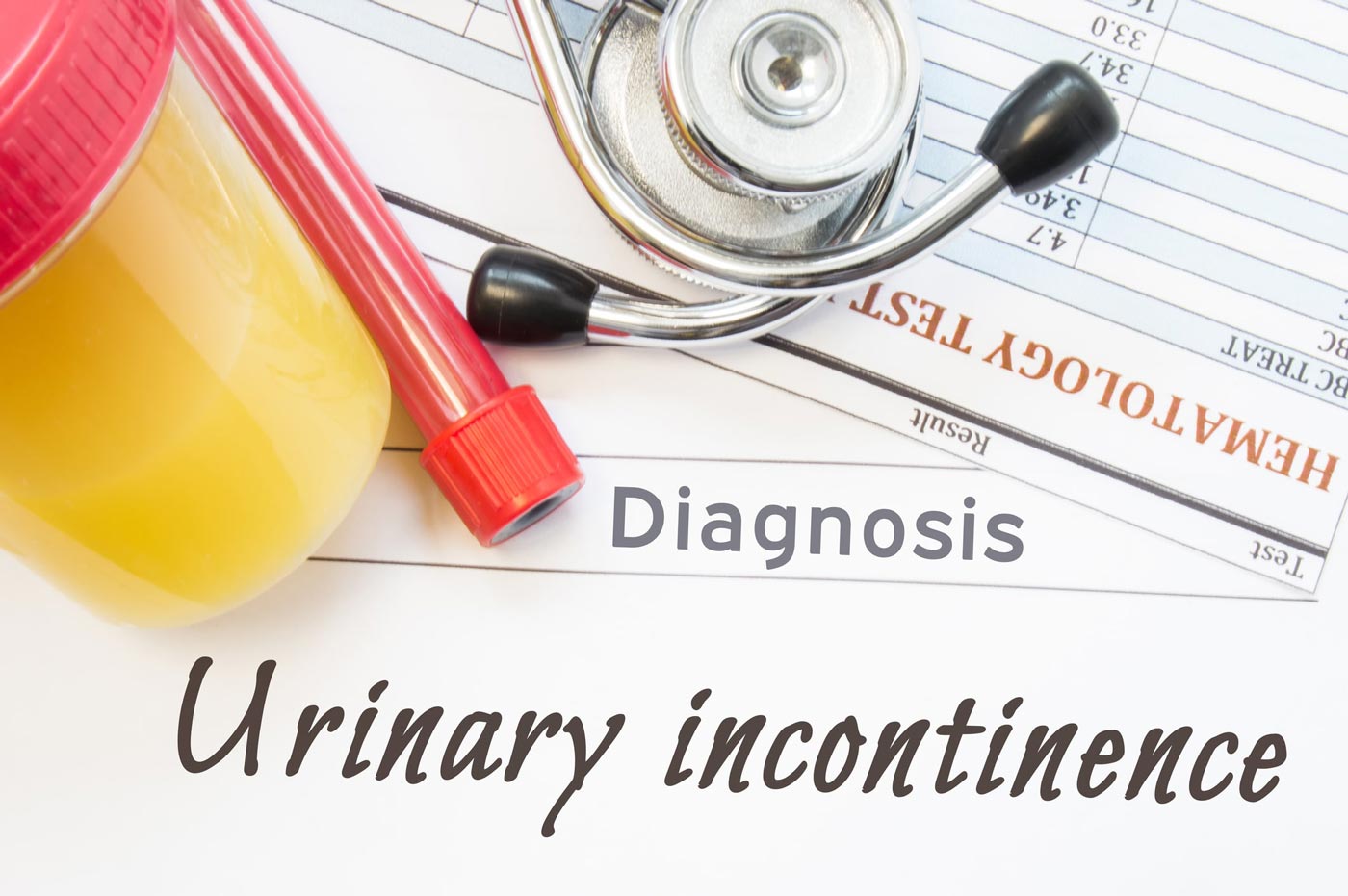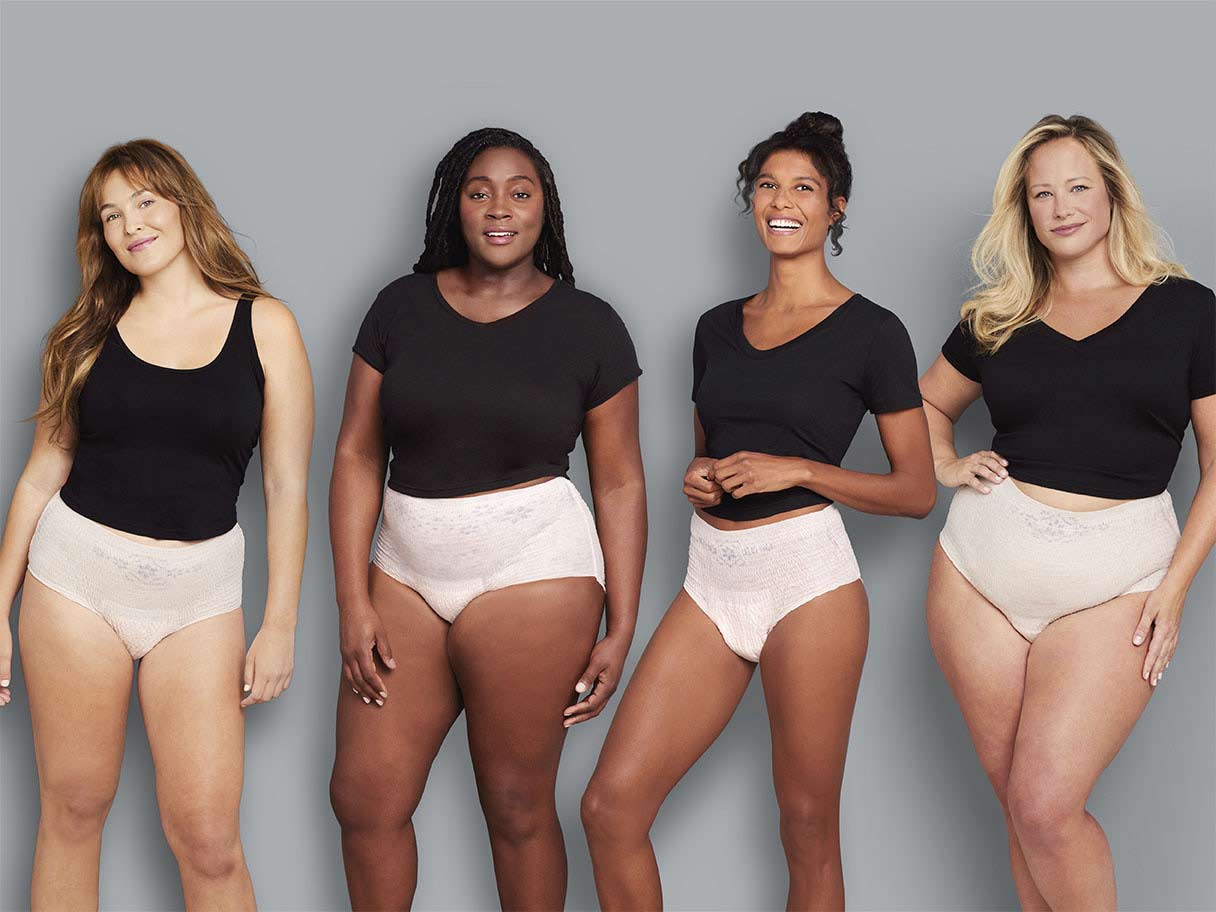The Symptoms, Causes, and Solutions for Urge Incontinence
The Symptoms, Causes, and Solutions for Urge Incontinence
Urge incontinence, a common type of urinary incontinence, is caused by a bladder that’s either unstable or overactive. While some people use the terms urge incontinence and overactive bladder (OAB) to mean the same condition, there is a subtle difference. With OAB, the feeling of having to urinate is frequent and strong. With urge incontinence, the feeling of having to go may come less frequently, though when it does, the muscular bladder wall contracts suddenly and involuntarily, resulting in leaks.
The Symptoms of Urge Incontinence can Include:
- A sudden and strong urge to urinate
- An inability to make it to the restroom before you leak
- Nighttime trips to the restroom, during which you may or may not make it there in time
What Causes Urge Incontinence?
As with many other forms of incontinence, it can be brought on by several factors, including:
- Bladder infection or inflammation
- Bladder cancer
- Obstruction of the bladder opening
- Enlarged prostate
- Injury or damage to the nerves affecting the bladder
If you experience urge incontinence, a good first step is a visit to your doctor to determine what’s causing it and what can be done from both lifestyle and medical perspectives.
Are there Non-Medical Ways to Manage the Symptoms?
Many people who experience this type of incontinence can alleviate some or all of their symptoms with changes to their lifestyle. Experts recommend the following at-home remedies:
- Change Your Diet – Some foods and drinks can irritate the bladder, contributing to urge incontinence. Consider eliminating or minimizing coffee and other caffeinated beverages, alcohol, sugary food, spicy menu items and citrus fruits.
- Do Your Kegels – While it may seem like Kegels are easy to do, they don’t work if you’re not doing them correctly. If you decide to try them, a pelvic floor physical therapist can provide instructions on how to do them properly.
- Lose Weight – Losing even 10% of your body weight can alleviate some of the pressure against your bladder and may decrease bladder muscle spasms.
- Quit Smoking – People who smoke are three times more likely to have urge incontinence than those who don’t. Experts believe this may be due to increased coughing and nicotine and other toxins irritating the bladder.
What Medical Treatments are Available?
If these changes don’t help, you may wish to consider medical treatments. There are several therapeutic options available for treating urge incontinence, including:
- Bladder Retraining – This approach requires following a strict bathroom schedule to help your lengthen the amount of time between restroom visits and increasing the amount of urine that your bladder can hold.
- Use a Pessary or Urethral Insert – For Women – A pessary is a tampon-like device, that when inserted into the vagina puts pressure on the urethra. A urethral insert blocks the neck of the bladder with a small disposable plug.
- Collagen Implants – Injecting collagen into your urethra can help support weakened sphincter muscles.
- Nerve stimulators – These devices are battery-powered and inserted under the skin of the buttocks, to impact the sacral nerve with light pulses. (They’re similar to a pacemaker.)
- Catheters – If an inability to completely empty your bladder is contributing to your urge incontinence, your doctor can train you on catheter use.
- Vaginal Tape or Sling – Both of these procedures are used to raise the bladder neck and decrease leakage, though the results may not be permanent.
- Inflatable Artificial Sphincters – These devices can be implanted internally through surgery, with an inflatable cuff that goes around the bladder neck and an accompanying pump located in either the labia or the scrotum.
- Prescription Medications – There are several prescription drugs that are used to treat urge incontinence, including Vesicare, Tovias and Enablex. Additionally, Oxytrol for women is currently available over the counter.
Keep in mind that it’s not necessary to simply “live with” bladder leaks. There are many treatment options out there, with more in development. Consult with a urologist or a urogynecologist to find out what they can do for you.
What about you? Have you experienced symptoms of urge incontinence? What treatments worked for you?
Sources:




